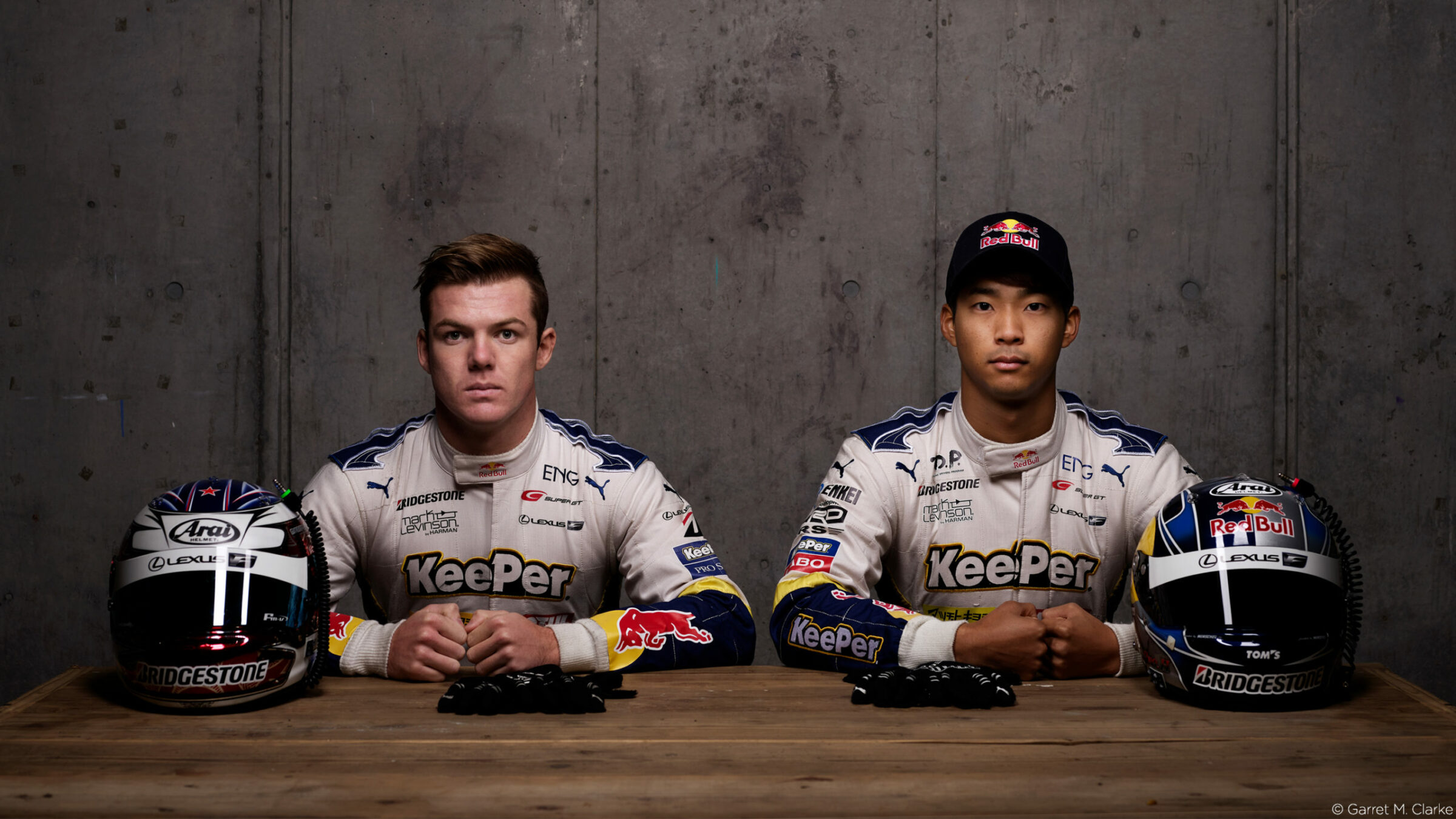Photographer Garret M. Clarke is a storyteller who uses imagery as his preferred mode of expression. He was recently selected to attend the Red Bull Photography Academy in Tokyo, Japan where he shot athletes in action. For this project, Garret used the Phase One XF 100MP Camera System and put it to the test. There is a perception out there that medium format is not suited to sports or action photography. So we asked Garret about his experience and the results he got using Phase One medium format in a high-speed sports shoot.
Giving Phase One a go in Tokyo
“I was recently very fortunate to be selected to attend the Red Bull Photography Academy in Tokyo. The night before the first shoot I took the Phase One out for a stroll on the streets of Shinjuku. I wanted to familiarize myself with the settings and controls, as well as see how it felt in my hands before shooting with it. While the fundamentals are easy to access on a Phase One, there are so many extra features that make it more than a standard camera.
I spent the next few days working the camera and learning how to use it correctly. It took about three days to fully get the hang of operating the system and figure out how to maximize its potential; after that, I was blown away by what could be done with it.”
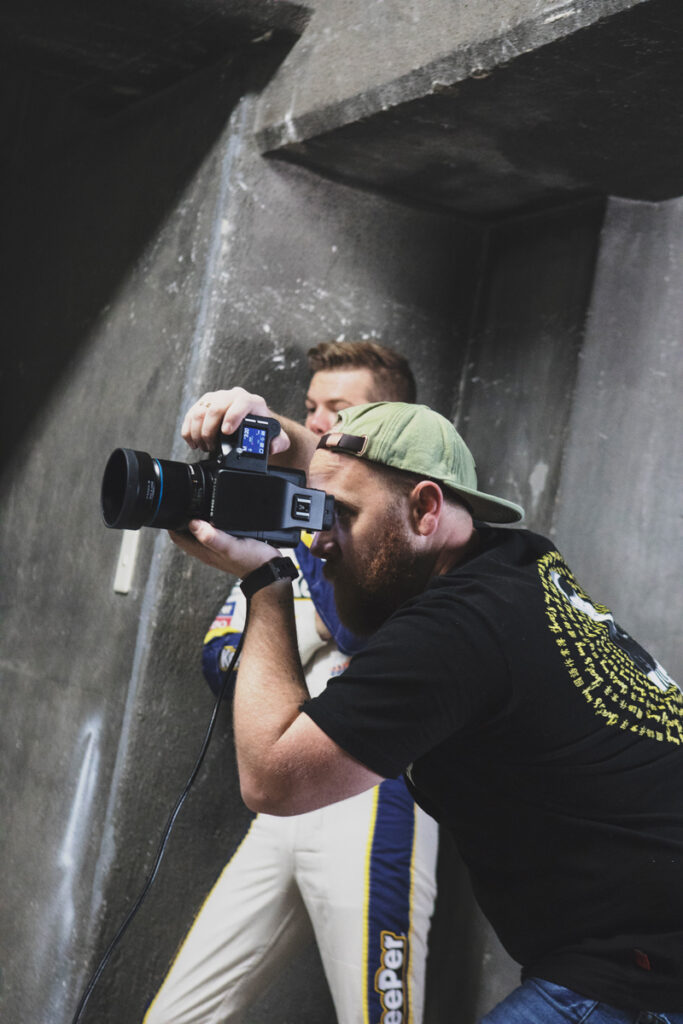
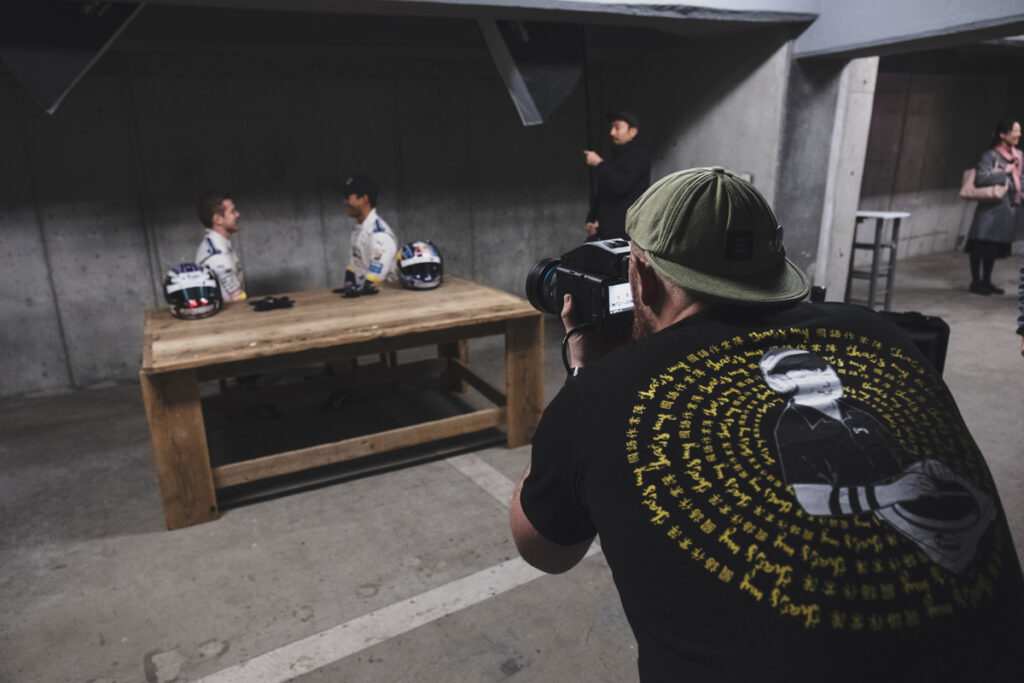
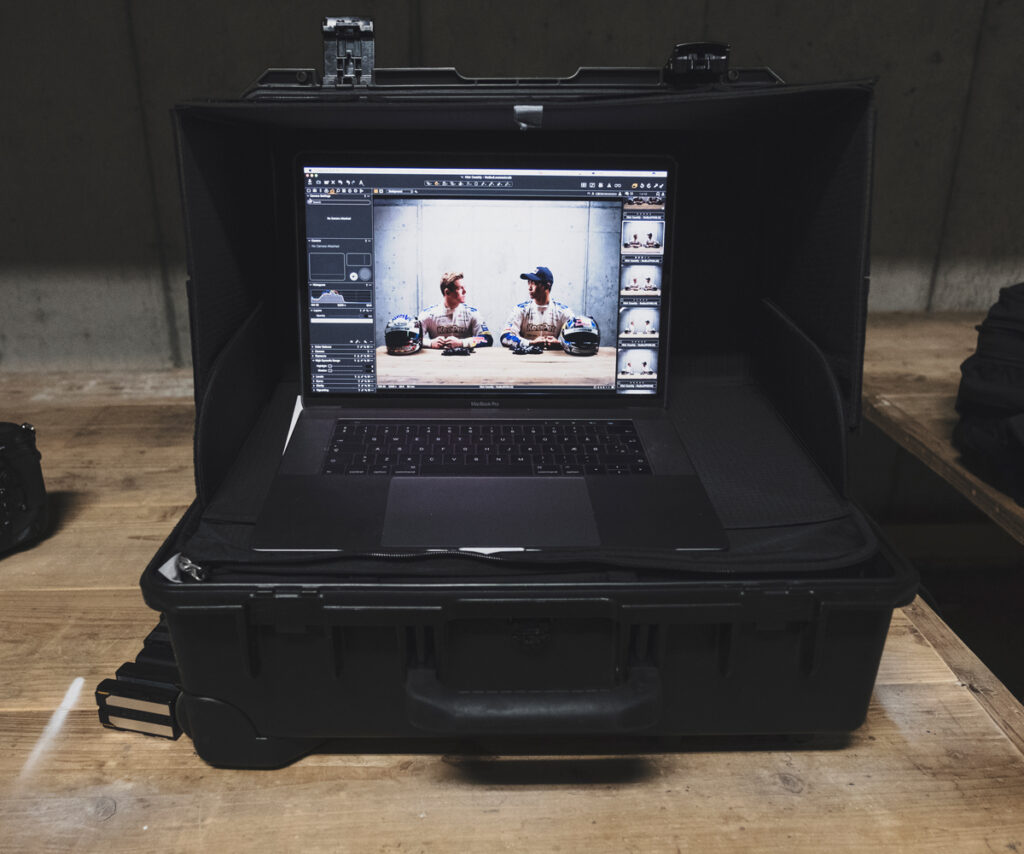
Medium format performance in sports photography
“You often hear about medium format cameras being only for the studio and that no one would use them outdoors and never for sports photography. My experience couldn’t be more different. I absolutely loved shooting BMX riders with the Phase One.
I spoke with the athlete before shooting, and we talked about using a “non-traditional” sports camera and that the resulting images would be like nothing we had ever seen. That particular shoot was rather technical, which required that the athlete and I be in tune with one another. That ultimately helped us get a better shot. Once the shot was set up and the lights were in place, it was a pure joy to shoot.”
“You often hear about medium format cameras being only for the studio and that no one would use them outdoors and never for sports photography. My experience couldn’t be more different.”
Camera features in a sports photography workflow
“I am a long time Profoto user and love their lighting systems. It is quite helpful that the Phase One System has built-in flash triggers. I was impressed with how easy it is to sync and quickly change the settings on the flashes in camera. The auto sync to the phone is invaluable in certain situations. For example, on one shoot I was trying to catch the right sunlight in the moment. My tech, Peter, was able to stand by my side and see the images on his phone as I was shooting and give me immediate input, allowing me to make crucial adjustments on-the-fly. That allowed me to stay in the moment with the subject and get the quality shots I wanted.
The built-in high-speed sync with Profoto systems is a great enhancement to shooting. Not only do you not need to be concerned with having the remote on top of the camera, or forgetting the remote (yes that has happened!), but you can easily adjust different lights right from the camera. Often the range between you, the subject and the lights can be quite large, so quickly arranging my settings on the camera keeps the focus on getting the shot with the athlete.”
Looking at a typical workflow
“If I am shooting portraits, or in a situation where I can have the camera tethered, I will do that. Phase One makes tethering fast and easy. If not, I immediately put all my images on an external hard drive. From there I will load them into Capture One, and begin the selection process. I will start with a quick one-star selection, from that I will narrow it down to the final images that I will use for the project or story.”
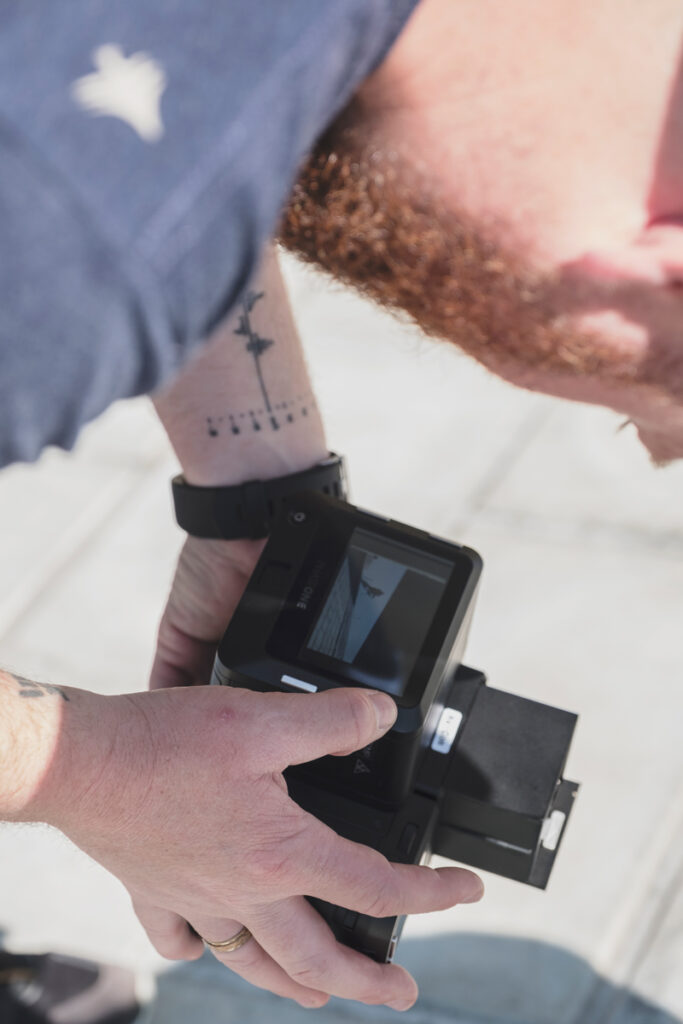
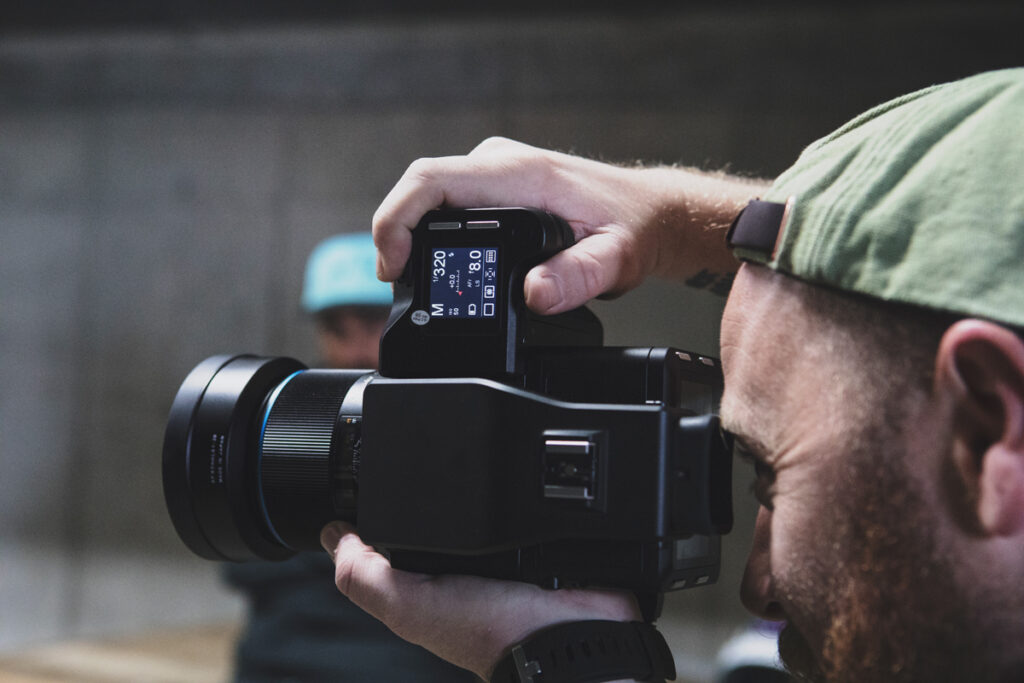
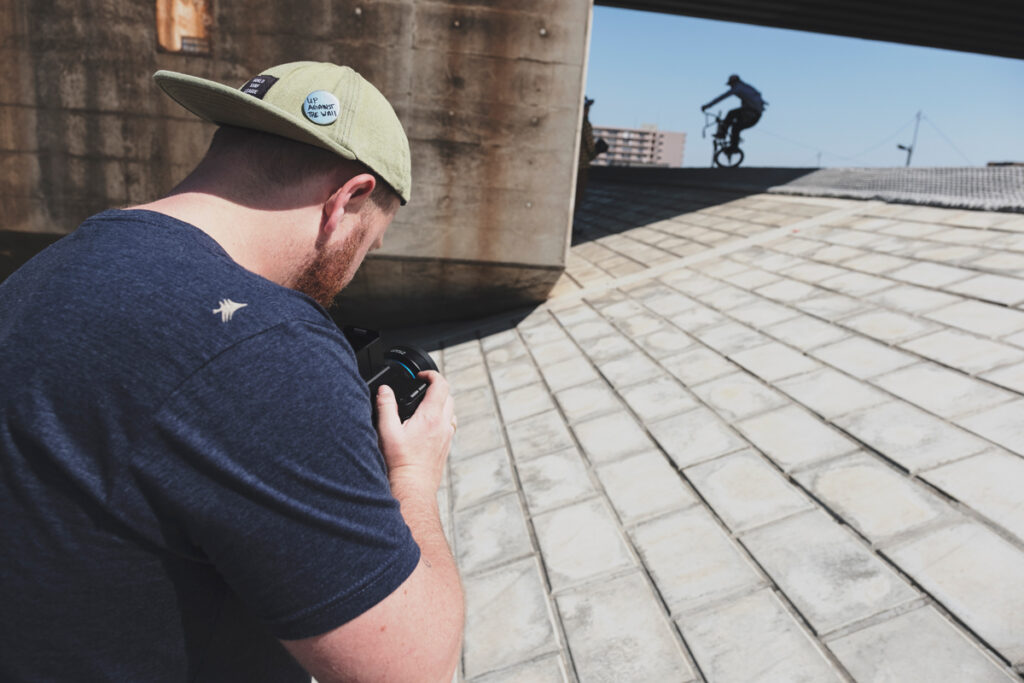
The advantages of Phase One for sports photography
“Without a doubt, the image quality is such a huge difference, whatever the subject, the resulting images will look so much better. Regarding sports specifically, the built-in High-Speed Sync with the flashes is essential. Also, the difference in dynamic range of the Phase One compared to a standard DSLR means that when you begin to post-process your images, the amount of information in the high and low lights is so much greater. This makes for a much better image to edit. That is doubly helpful when shooting sports because sometimes you’re so focused on catching the optimal moment with the athlete that you do not want to concern yourself with a blown out sky or other problem. With Phase One, you know that you will be able to bring it back in with post-processing and keep it looking natural.”
Dispelling the myth of medium format in action photography
“The biggest myth is that shooting high-speed sports photography with medium format cannot be done. Phase One is a camera; it works just like other cameras. The difference is, it has more features and much better image quality. I think that people right away get intimidated by the size and weight of the camera and forget the fundamentals of photography. Set your shutter speed, ISO, and aperture correctly and get to work. The images will be incredible.”
“The biggest myth is that shooting high-speed sports photography with medium format cannot be done. Phase One is a camera; it works just like other cameras. The difference is, it has more features and much better image quality.”
Final results – image quality and dynamic range
“During the eight days at the Red Bull Photography Academy, I spent as much time as I could with the Phase One. Trying different lenses and pushing the ISO to different levels to see where I could find what I would consider my “sweet spot.”
“On the third shooting day, we were taking pictures with one of the best flatland BMX riders in the world, Yohei Uchino. It was a real honor to be shooting someone at the top of their game. He was prepared to get an amazing shot, and I felt comfortable shooting with the Phase One. We set up a really big shot, with him nearly spinning on a dime framed in such a way that he was close to a ledge, so a bit dangerous. He was performing his signature move, and the timing of the photo had to be right at the peak of the action. I had asked him to wear a loose shirt so there was a sense of motion in the image. Once we got the lights right, he came in fast and started spinning. I took a few shots, we did it a few more times, and then quickly ran up the hill to show him. Right away we both knew that we had captured something special.
The image went on to be the landing page image for Red Bull Content Pool and has been featured by numerous Red Bull Instagram and other social media accounts. I would say the results were better than expected.
With the images that I shot with Yohei, the thing that blew my mind was the detail in the images. I was shooting from fairly long distance, and you can still zoom in on the image to the point where you can count the threads on the logo on his hat. Really incredible image quality and dynamic range.“
Check out Red Bull’s webpage here.
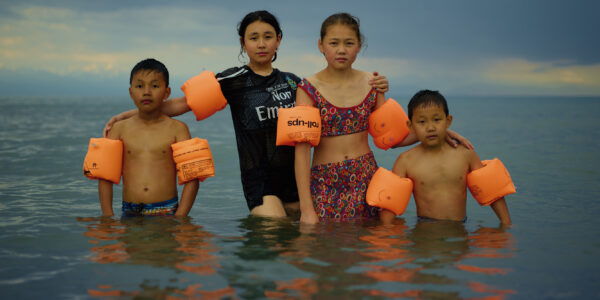
Photographer Stories
Intimacy in focus: Louise’s lens on humanity with Phase One_Part1
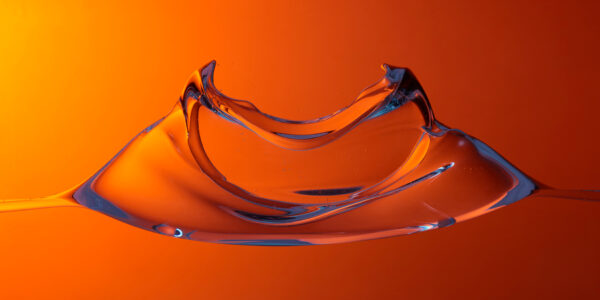
Photographer Stories
Dimitri Newman: Vision is Just the Start
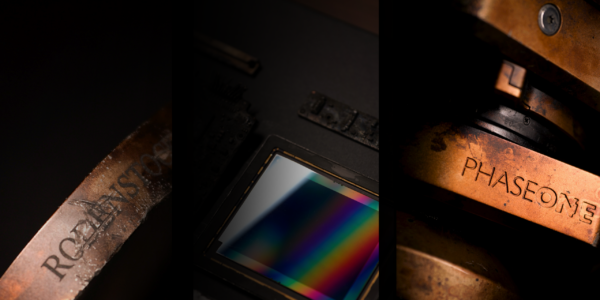
Photographer Stories
Ashes: The Rebirth of a Camera- Hexmalo
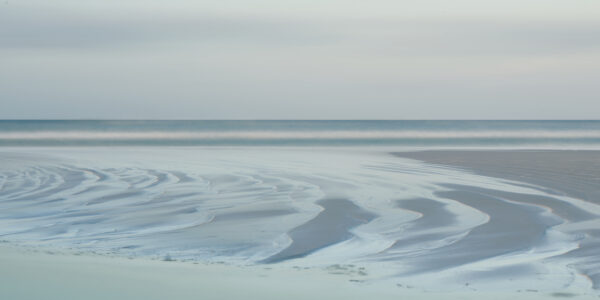
Photographer Stories
Chandler Williams: A Photographer’s Path
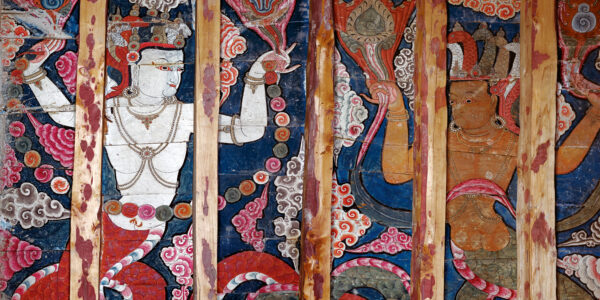
Photographer Stories
TABO- Gods of Light
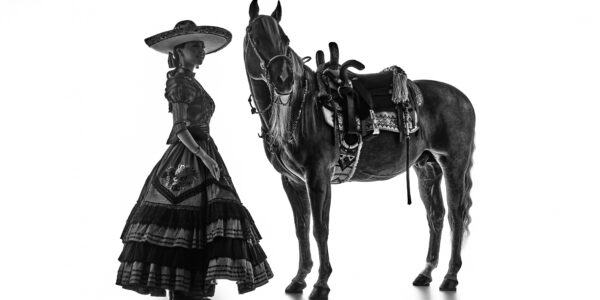
Photographer Stories
Loreto Villarreal – An Evolving Vision
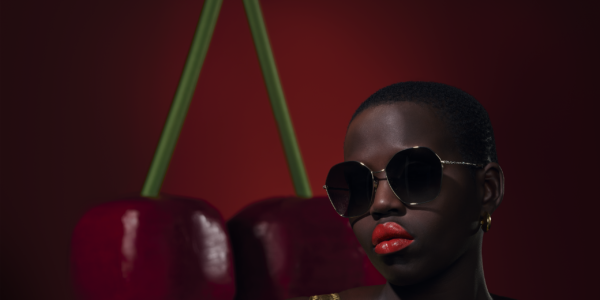
Photographer Stories
Tobias Meier – Storytelling Photography
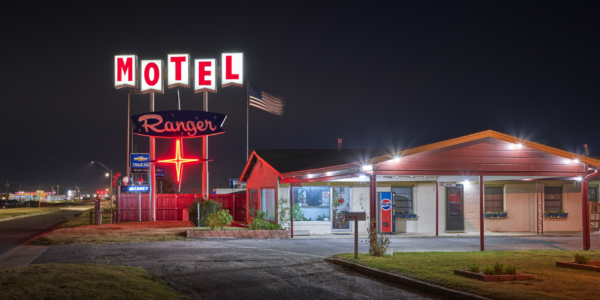
Photographer Stories
Gregory Essayan – Curating Reality
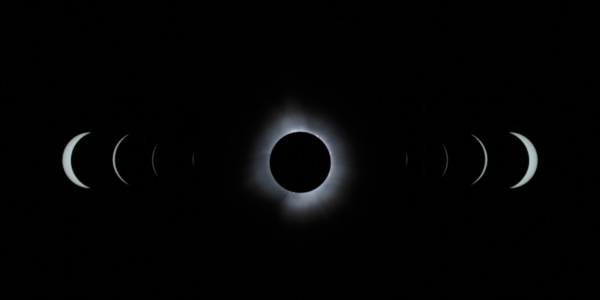
Photographer Stories
Total Solar Eclipse – Matthew C. Ng
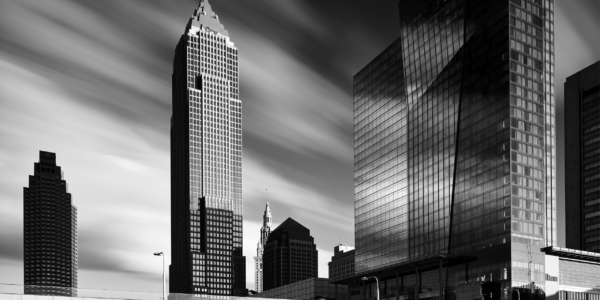
Photographer Stories
Roger Mastroianni – Frame Averaging
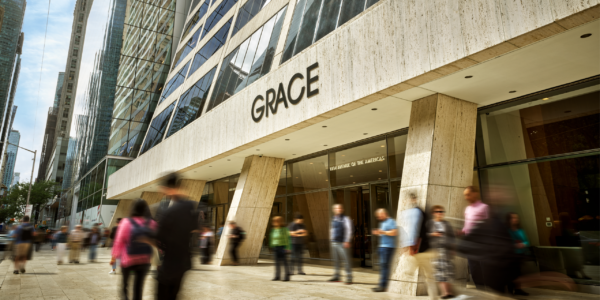
Photographer Stories
Matthew Plexman – Bringing portraits to life
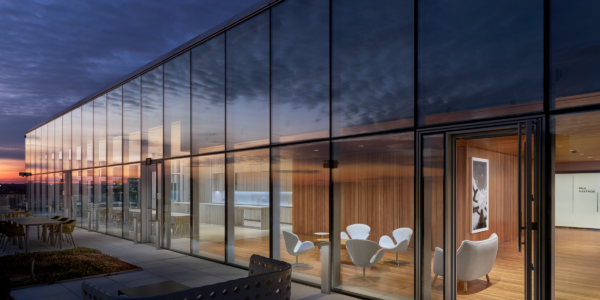
Photographer Stories
Prakash Patel – A Visual Design Story

Photographer Stories
Karen Culp – Food Photography Ideas
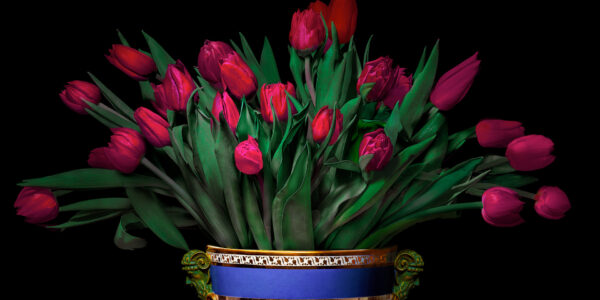
Photographer Stories
T.M. Glass: Flower portraits
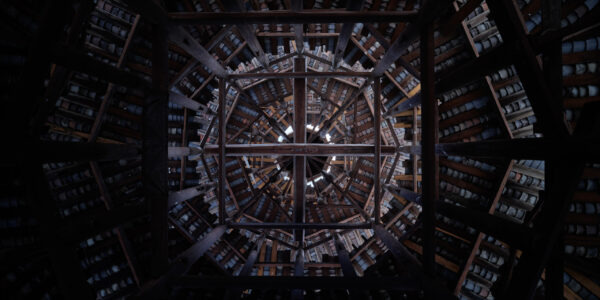
Photographer Stories
Preserving ancient Chinese buildings – Dong Village
